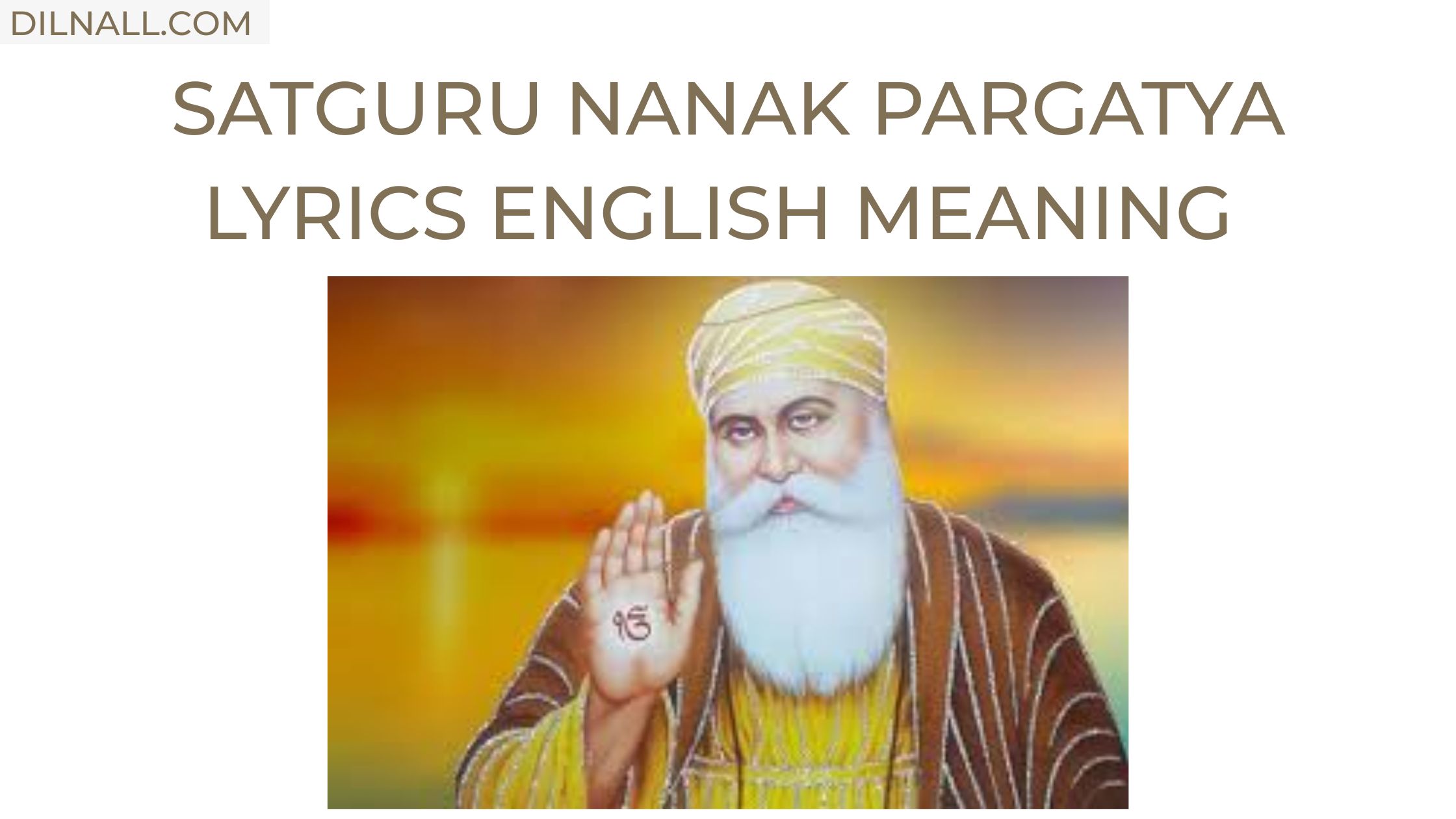Song Credits:
Song : Satguru Nanak Pargatya
Original Artist: Lata Mangeshkar
Artist: Debanjali B Joshi, Bhrigu Parashar
Original Music Director: Singh Bandhu
Music Director/Rearranger : Bhrigu Parashar
Original Lyricist : Shabad Gurbani
Waheguru Waheguru
“Satguru Nanak Pargatya” – Deep Meaning of Each Line
“Waheguru Waheguru”
A sacred invocation of the Divine. Waheguru means the “Indescribable, Wonderful Lord” — an expression of awe, love, and surrender. Every repetition is a breath of devotion.
“Satguru Nanak pargateya”
Guru Nanak Dev Ji, the True Enlightened Guide, manifested on Earth.
It’s not just about His birth — it signifies the dawn of divine wisdom entering a world lost in darkness.
“Mithi dhund jag chanan hoya”
Before Guru Nanak, the world was covered in a sweet fog — the fog of ignorance, ego, and illusion.
With His arrival, that mist cleared, and the world lit up with truth, compassion, and clarity.
The repetition of this line emphasizes how His presence brought light to all hearts, not just one land.
“Jio kar suraj nikaliya”
Just as the sun rises and naturally overpowers the night —
Guru Nanak’s teachings destroyed the darkness of falsehood and ritual.
“Taare chape andher paloaa”
When real light appears, the faint stars disappear.
This represents how small beliefs, doubts, and confusions vanish when true wisdom dawns.
“Singh bukae mirgaalwali”
When a lion roars in a jungle of deer, fear and illusion scatter.
Guru Nanak’s voice was that roar — fearless truth amid a world of hesitation, superstition, and caste divisions.
“Bhannee jaae na dhheer dharoaa”
Once that roar of wisdom begins, darkness can no longer remain.
Ego, falsehood, oppression, and spiritual blindness retreat on their own.
“Jithhai Baabaa pair dhhare”
Wherever Guru Nanak went — whether a village, mosque, riverbank, or mountain —
He transformed the energy of that place with His presence.
“Pooja aasan thaapan soaa”
The ground He touched became sacred.
Those sites became spaces of prayer, reflection, equality, and divine remembrance — not through ritual, but through purity of intention.

